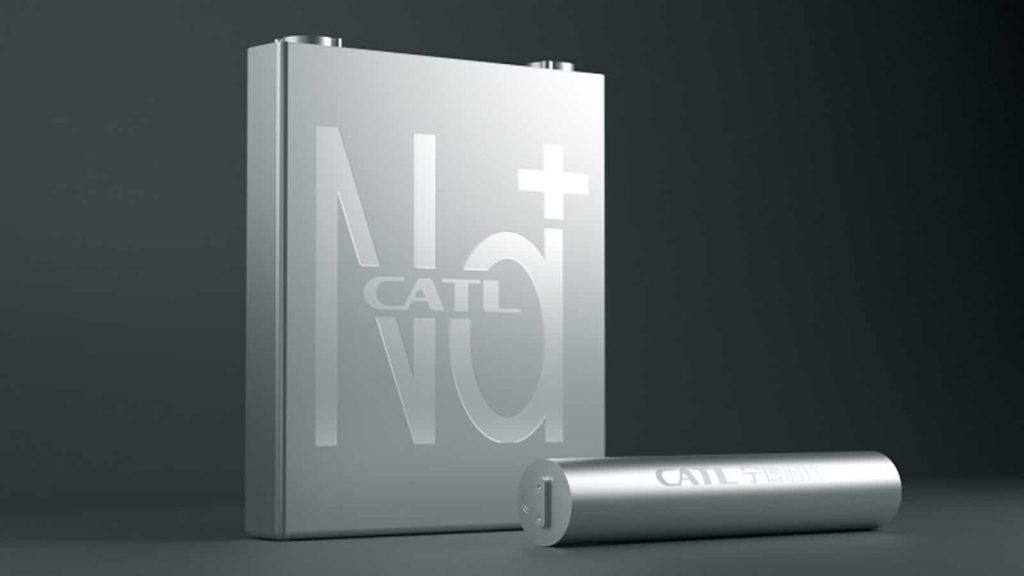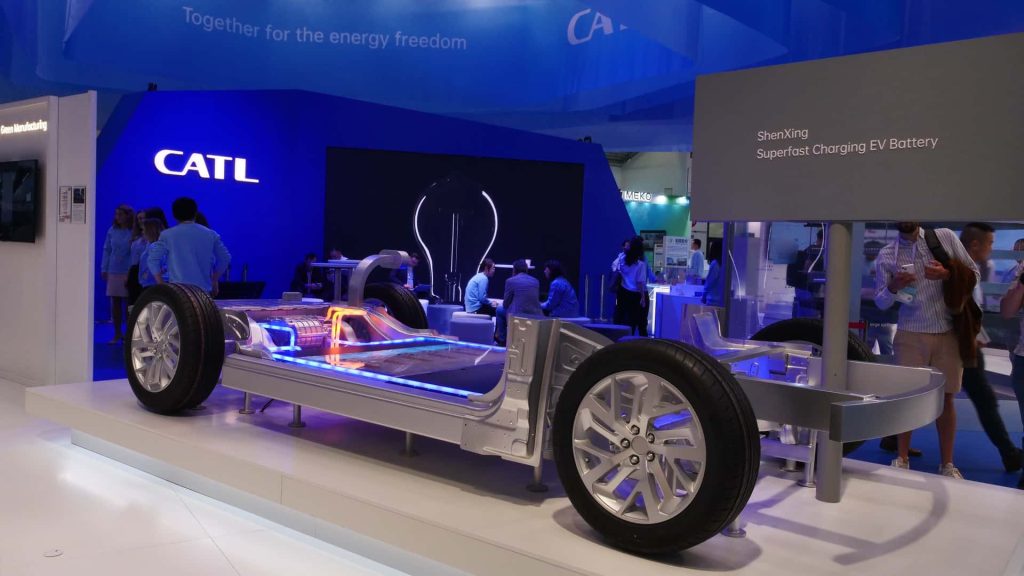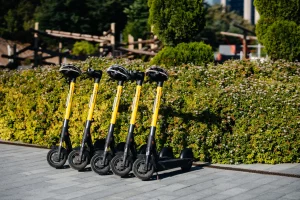China’s Contemporary Amperex Technology Co. Ltd. (CATL), a battery manufacturing company, has taken a momentous step in the energy industry by introducing its new sodium battery called Naxtra, the world’s first mass-produced sodium-ion battery.
This breakthrough promises to transform the energy storage and electric mobility market by offering a safer, more economical and sustainable alternative to traditional lithium batteries.
The Naxtra battery stands out for its ability to operate in extreme conditions, maintaining 90% of its usable power even at temperatures of -40 °C, an exceptional performance that makes it an ideal solution for cold climates and regions with adverse conditions.
In addition, its range of up to 500 kilometers in electric vehicles and its ability to exceed 10,000 charge cycles make it a long-lasting and efficient option.
Sodium, a key element in this technology, is more abundant and cheaper than lithium, reducing dependence on scarce and expensive resources. Although its energy density is lower, CATL has managed to optimize its performance, reaching a density of 175 Wh/kg, comparable to the LFP (lithium-ferrophosphate) batteries that dominate today’s market.

You may also be interested in: Huawei, Xpeng and CATL surpass BYD in ultra-fast charging
Innovations and impact
As part of the Super Tech Day event, CATL also presented its Freevoy dual-power battery, capable of reaching up to 1,500 kilometers of autonomy on a single charge.
The technology combines two independent cells, one for ultra-fast charging and the other for auxiliary charging, to maximize energy efficiency in a pioneering design that marks a new milestone in the industry, offering customized solutions for different mobility needs.
CATL‘s announcement generated concern in the lithium industry, especially in countries such as Chile, where its price has fallen significantly after Naxtra‘s presentation.
According to recent data, the shares of SQM, one of the main lithium producers, fell 3.32% in the Santiago Stock Exchange, reflecting the uncertainty about the future of the market.
However, experts believe that lithium will continue to be predominant in high-performance applications, such as batteries for electronic devices and luxury vehicles, where energy density and fast-charging capacity are crucial factors.

Commitment and Perspectives
CATL has emphasized that sodium technology represents a move towards “energy freedom”, reducing dependence on a single resource and promoting the diversification of energy sources.
In addition, the company has implemented measures to ensure the intrinsic safety of its batteries, eliminating factors that favor combustion and improving thermal stability.
Mass production of Naxtra batteries will begin in December 2025, while the heavy-duty truck version will be available from June this year.
With these innovations, CATL is not only seeking to diversify its offering, but also to consolidate its position as a global leader in battery technology, driving the transition to a more sustainable and affordable future.
With a market share of over 38%, CATL reaffirms its leadership in the battery industry, setting a new standard in innovation and sustainability.
In the words of Ouyang Chuying, Co-President of CATL’s R&D division: “We expect the national standard to be very high and eliminate low-quality products. Price wars are harmful, but necessary for technological development.”







